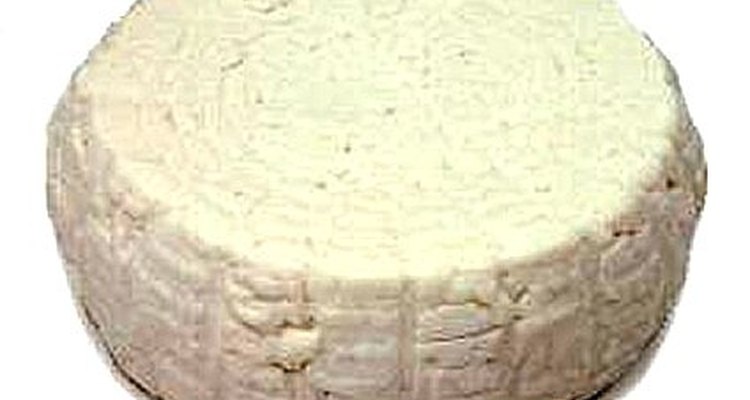
The first cheeses were made at home for fresh consumption, and basket cheese is one version of this simple food. Basket cheese is named simply after the container it is put in to drain and ripen. Most basket cheese is eaten fresh, soft and unsalted, but you can also salt it lightly and let it set for a longer time to obtain a firmer cheese. Both result in a more or less soft, spreadable cheese. Cultures all over the world have their own version of this mild cheese. Cream cheese and Italian ricotta are variations on this theme, so is Mexican queso panela or queso de la canasta. India has paneer and Canada has its poutine, made with the unpressed fresh curds. Even yogurt is a form of soft, unripened cheese. Middle Eastern lebne straddles the line between the two. Once you get the knack, you'll be able to keep this delicious spreadable cheese on hand for whenever you want it.
Heat the milk to lukewarm, between 85 and 90 degrees F. Stir in the rennet. Turn off heat and let set for about 40 minutes.
Turn the heat back on low and heat milk again for about 2 minutes. Use a slotted spoon to pull the curds to the side of the pot. Keep gently separating the curds with the spoon for about 10 minutes
Line the basket with three to four layers of cheesecloth. Use the spoon to remove the curds from the pot with the slotted spoon and place into the lined basket. Fold the cheesecloth over the top of the basket from all sides to cover.
Place the basket and curds in it back into the pan with the whey. Immerse in the whey and press the curds firmly into the basket with your hands.
Remove the basket from the whey. Place basket in the sink so it can drain. Set the plate on top of the wrapped cheese. Place the weight on top of the plate. Press this way for 2 hours.
Remove the cheese and unwrap it. Turn over, sprinkle with salt to taste, and rewrap. Return, top side down, to the basket and continue pressing for 1 1/2 hours longer. Remove the cheese from the press, remove the cheesecloth, place cheese in a closed container and refrigerate.
Related Articles

How to Pan-Fry Cheese

How to Store Cheese
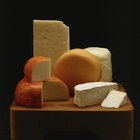
How to Separate Curds From Whey
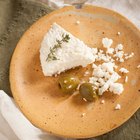
How to Make Queso Fresco

How to Freeze Mascarpone
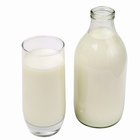
How to Cook Elbow Macaroni in Milk

How to Crumble Gorgonzola Cheese

How to Liquefy Cheese

How to Freeze Goat's Milk

How to Defrost Frozen Mozzarella

Homemade Mozzarella Sticks with String ...

Aged Cheeses That Do Not Melt

Firm Ricotta Cheese Cannoli Filling
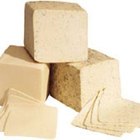
How to Cook With Havarti Cheese

Difference Between Fermented Milk & ...

How Can I Tell If Ricotta Cheese Has ...

Cheeses Similar to Feta

What Makes a Cheese Mild, Medium or ...

Can I Make Baked Macaroni & Cheese With ...
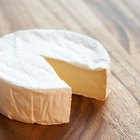
How Can I Get Brie to the Right ...
Resources
Tips
- Rinse the cheesecloth well before using.
- Heavier and longer pressing will produce a firmer cheese.
- Try mixing various herbs and flavorings into your finished cheese. Garlic, chopped onion and herbs is a classic.
- This cheese can also be made sweet. Add citrus rind while pressing, then drizzle with honey before serving with fresh fruit.
- Rennet is available in most large supermarkets or over the Internet.
- Try using this cheese in your favorite cheesecake recipe.
Warnings
- This cheese is very perishable. Don't try to keep it more than three days.
- The differences between many cheeses are just in the cooking temperature. Use a thermometer to be accurate.
Writer Bio
Patricia Bryant Resnick started writing when she was 7. She received a Bachelor of Arts from Sonoma State University in 1975. She began writing professionally in 1996 and has been published in "Rolling Stone," "Georgia Family Magazine" and online. Resnick specializes in food and gardening articles; she is a regular reviewer of tea on the Web.
Photo Credits
Courtesy jugalbandi.info/